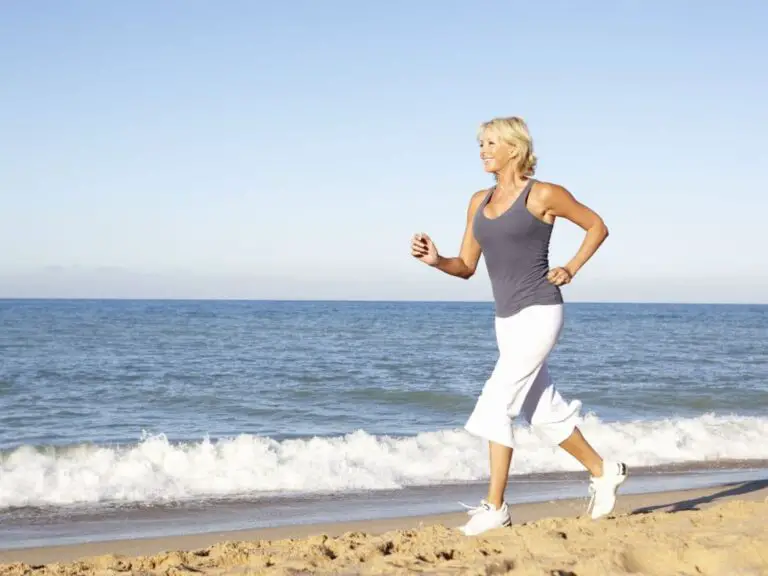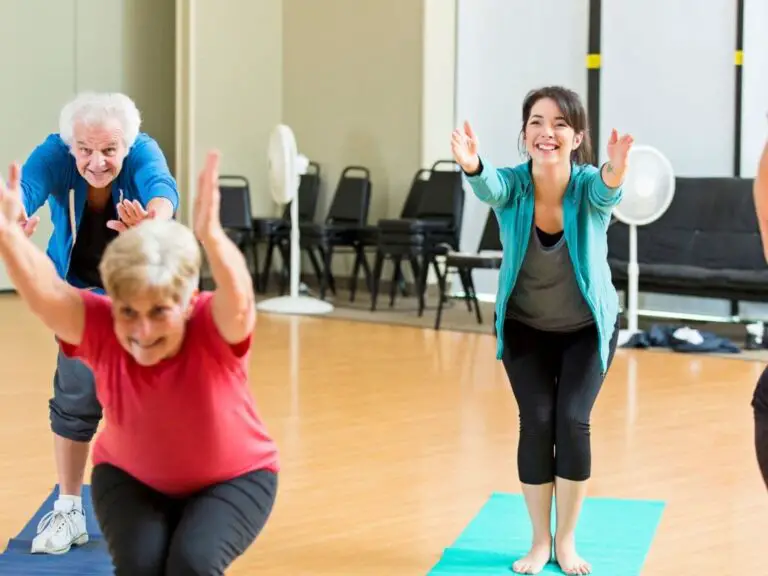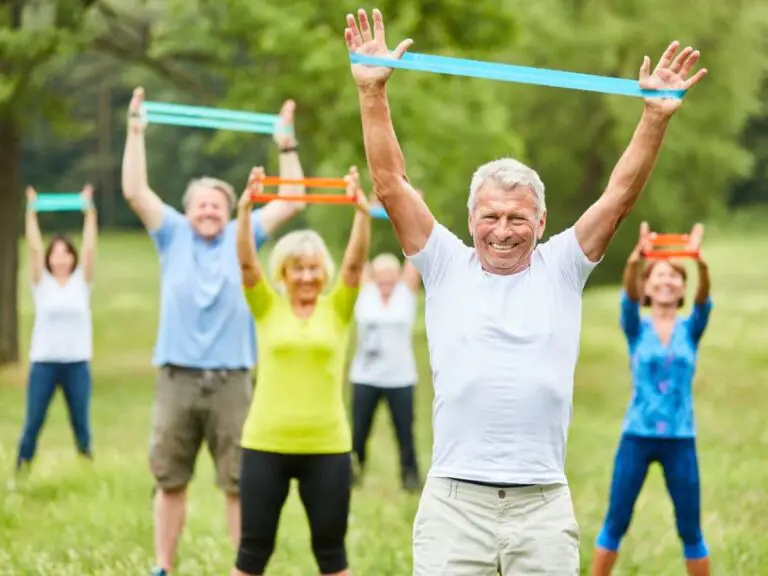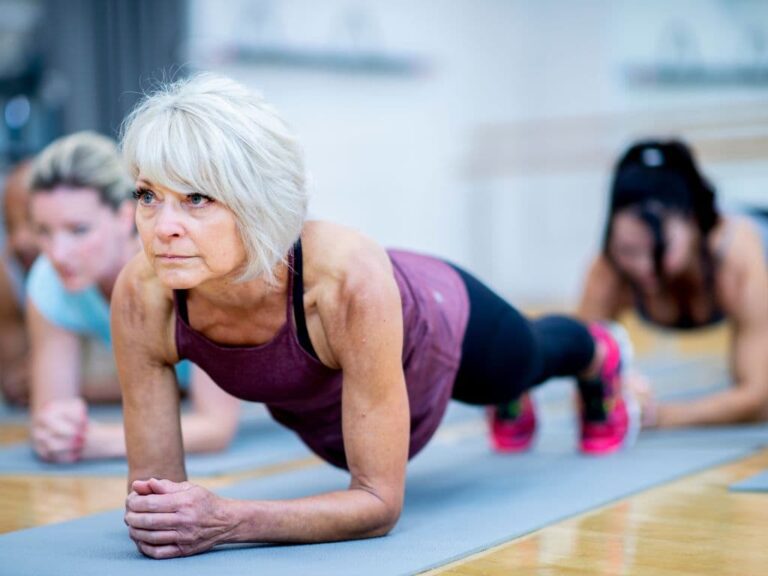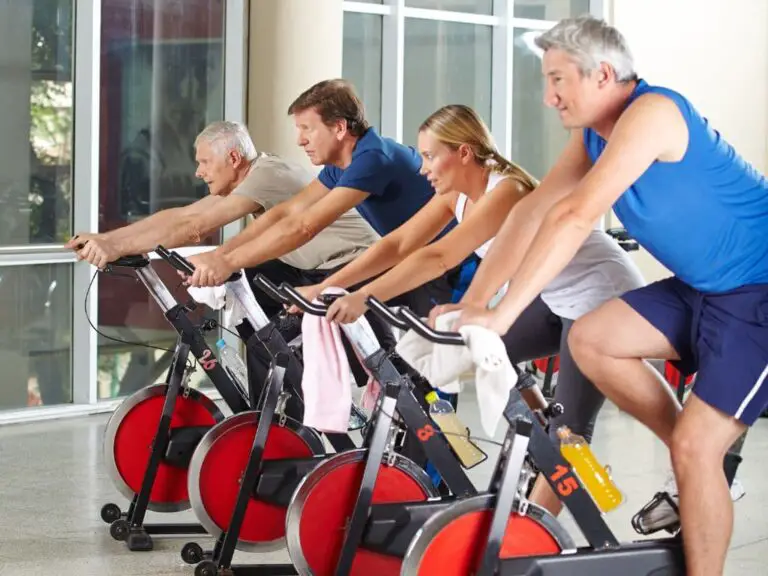The Impact of Daily Exercise on Seniors: Benefits and Guidelines
Regular physical activity provides powerful benefits for seniors’ health and wellbeing. With the right approach, establishing an exercise routine can be safe, rewarding and energizing at any age.
Exercising daily improves cardiovascular health, strengthens muscles and bones, enhances flexibility and balance, aids in maintaining a healthy weight, and boosts immune function. It also enhances cognitive function, reduces the risk of mental health disorders, improves sleep quality, and boosts mood and energy levels. However, overexertion can lead to physical strain or mental fatigue.
This article will explore the many perks seniors can gain from exercising every day, along with expert tips for getting started and avoiding overexertion.
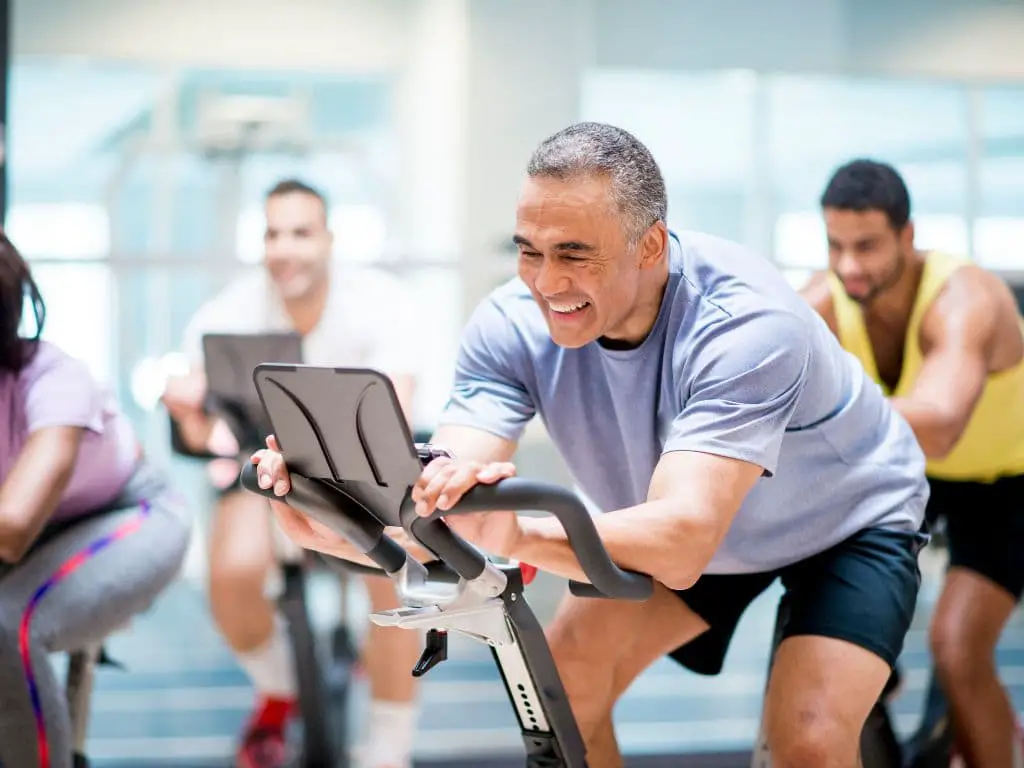
What Is the Importance of Regular Exercise for Seniors?
Experts overwhelmingly agree that regular exercise is one of the best things seniors can do for their health. The physical activity and movement involved in daily exercise provides a host of physical and mental health benefits that can help seniors maintain their independence, quality of life, and longevity.
According to the U.S. Department of Health and Human Services’ physical activity guidelines for Americans, older adults should aim for at least 150 minutes of moderate aerobic activity (like brisk walking) or 75 minutes of vigorous activity (like jogging) each week. They also recommend muscle-strengthening activities at least two days per week.
Meeting these exercise targets can significantly reduce seniors’ risk of developing major diseases like heart disease, diabetes, and even certain cancers. Daily physical activity helps seniors maintain strong muscles and bones, flexibility, balance, and a healthy weight—all key factors in preserving mobility and avoiding disability as we age.
Just as importantly, research shows staying active provides a host of cognitive, emotional and mental health benefits. Regular exercise can help seniors maintain their memory and sharp thinking skills well into old age. It also wards off anxiety and depression while boosting mood and self-esteem.
Overall, committing to daily moderate exercise serves as one of the most effective ways for seniors to preserve their health, vitality and quality of lifeas they get older.
How Much Exercise Do Seniors Need Each Week?
According to recommendations from the World Health Organization, the U.S. Department of Health and Human Services, and other experts, here are the exercise targets seniors should aim for:
- 150 minutes per week of moderate-intensity activity, such as brisk walking, water aerobics or social dancing. This can be broken up into manageable chunks of 30 minutes five days per week.
- 75 minutes per week of vigorous activity like jogging, swimming laps or playing tennis doubles. This provides equivalent health benefits to the moderate activity.
- Muscle-strengthening exercises using weights or resistance bands at least 2 days per week. This helps maintain muscle mass and strength.
- Exercises to improve balance and avoid falls—like Tai Chi—3 days per week. Falling becomes more dangerous as we age, so balance activity is crucial.
Breaking physical activity into blocks of 10 minutes throughout the day can be an easy way for seniors to meet weekly targets without overexerting themselves. But any amount of increased movement provides benefits.
How Does Daily Exercise Benefit Seniors Physically?
Here are some of the key physical health and fitness perks seniors can gain from exercising every day:
1. Improves Cardiovascular Health
Aerobic activity like walking, cycling or swimming gives the heart and lungs a workout, improving cardiorespiratory fitness. This enhances circulation, lowers blood pressure and cholesterol, and reduces risk of heart disease and stroke.
2. Strengthens Muscles and Bones
Weight bearing and resistance exercises build muscle mass and strengthen bones. This combats age-related muscle and bone loss, preventing conditions like osteoporosis.
3. Enhances Flexibility and Balance
Activities like yoga and Tai Chi maintain joint flexibility and range of motion. Better balance and coordination help prevent dangerous falls.
4. Helps Maintain a Healthy Weight
Regular activity burns calories, helping manage weight and body composition. Obesity increases the risk of many diseases, so maintaining a healthy BMI through exercise is important.
5. Boosts Immune Function
Moderate exercise may help boost the immune system and lower risk of illness or infection. This becomes increasingly important as we age.
Overall, committing to regular cardio, strength training, flexibility and balance exercises provides a wide range of physical benefits that help seniors stay active and independent.
How Does Daily Exercise Benefit Seniors Mentally?
Research clearly shows exercise provides incredible cognitive and mental health advantages that help seniors stay sharp. Here are some of the key mental perks of daily workouts:
1. Enhances Cognitive Function
Aerobic activity increases blood flow to the brain. This stimulates the growth of new neurons and enhances connections between brain cells. Research shows physically active seniors often maintain better memory, reasoning and processing skills.
2. Reduces Risk of Mental Health Disorders
Exercise helps regulate hormones like serotonin and dopamine, which affect mood and emotions. Physical activity can be as effective as medication and therapy for reducing anxiety or depression.
3. Improves Sleep Quality
Daily activity helps regulate circadian rhythms and leads to deeper, more restorative sleep at night. This enhances mood and alertness during daytime hours.
4. Boosts Mood and Energy Levels
Increased blood circulation and endorphins released during exercise can immediately boost mood, reduce stress and increase energy. These lasting effects enhance overall wellbeing.
Overall, committing to regular activity provides seniors with better mental clarity, mood stability, restful sleep and a sense of independence—key factors for emotional wellbeing.
What Are Some Suitable Exercises for Seniors to Do Every Day?
There are endless exercise options appropriate for seniors, so the key is choosing activities you enjoy and will stick with long-term. Here are a few top choices:
1. Walking or Jogging
Low-impact cardio like walking remains one of the best exercises for seniors. Work toward brisk walks or light jogs for 30 minutes a day to get your heart pumping.
2. Swimming or Water Aerobics
The buoyancy of water provides an excellent no-impact workout. Swimming laps or water classes build cardio endurance without joint strain.
3. Yoga or Tai Chi
Gentle practices enhance strength, balance, and flexibility through controlled motions. Yoga and Tai Chi are low-intensity yet powerful.
4. Strength Training
Using resistance bands, weights or bodyweight, strength training combats muscle loss. Focus on major muscle groups like arms, legs and core.
5. Cycling or Dancing
Biking and dancing build cardio fitness while engaging the mind. Social forms of exercise add fun and community.
Mixing up different types of exercise helps seniors achieve a full-body workout targeting all areas of fitness. Weight training is essential for maintaining strength and mobility.
What Are Some Safety Tips for Seniors Exercising Daily?
It’s important for seniors to take some safety precautions when exercising to prevent injury:
- Start with light intensity and pace yourself, gradually increasing duration and intensity over time.
- Warm up and cool down properly before and after workouts to prime muscles and joints.
- Drink plenty of water before, during and after exercise to stay hydrated.
- Listen to your body and don’t overexert—it’s better to do less than overdo it.
- Wear supportive footwear and comfortable, breathable clothing suitable for exercise.
- Use assistive equipment like knee braces or walking poles if needed.
- Exercise during cooler parts of the day and dress in layers if outdoors.
- Strength train using controlled motions without heavy weights that strain joints.
- Stretch regularly to enhance flexibility—this helps prevent injury.
- Have someone accompany you for balance activities like Tai Chi in case of a fall.
The key is starting low and slow by gradually increasing activity. Stop immediately if you feel pain, dizziness or shortness of breath.
How Much Exercise Should Seniors Get Each Day According to Experts?
Experts recommend seniors aim for 30 minutes of moderate physical activity at least 5 days per week, which can be broken into shorter 10-minute sessions if needed. This equates to 150 minutes total for the week.
Ideally, aerobic activity should be combined 2-3 days of strength training, plus at least 3 days per week of balance exercises like Tai Chi. This well-rounded regimen provides all-encompassing health and fitness benefits.
It’s also beneficial to limit sedentary behavior by taking short activity breaks throughout the day. Regular movement outside formal exercise provides additional health gains for seniors.
The key is starting where you’re at now, even if it’s just 5-10 minutes at a time, and gradually increasing activity as your endurance improves. Walking remains one of the simplest places to start an exercise habit.
Can Too Much Exercise Be Harmful for Seniors?
While regular exercise provides immense health benefits, it is possible for seniors to overdo it. Too much high-intensity exercise can put strain on aging joints and muscles, potentially causing injuries, chronic pain or even heart complications in at-risk individuals.
Seniors may be especially prone to overuse injuries, as aging causes tendons, ligaments and muscles to lose elasticity over time. Osteoporosis also makes bones more fragile. These age-related changes mean moderation is key.
It’s best to increase exercise duration and intensity gradually over time. Seniors should focus on low-impact activities and proper recovery to avoid overexertion. Listening to your body and taking rest days is crucial—quality over quantity of exercise provides the most benefits.
What Are the Signs That a Senior Might Be Overdoing It With Exercise?
Watch for both physical and mental signals that you may need more rest:
Physical signs of overtraining:
- Chronic muscle soreness and joint pain
- Increased illness or always feeling run down
- Changes in heart rate patterns
- Insomnia or poor sleep quality
- Loss of appetite, weight loss or dehydration
Mental signs of overtraining:
- Decreased motivation to work out
- Moodiness, anxiety or depression
- Difficulty concentrating
- Persistent exhaustion, tiredness or fatigue
Seniors who notice these warning signs should take a break from strenuous activity until their body fully recovers. Light walking or stretching is ok. Avoiding overtraining is key to exercising safely long-term.
In conclusion, establishing a habit of daily exercise provides incredible benefits for seniors’ physical health, mental sharpness and overall vitality. A mix of moderate cardio, strength training and balance exercises can be performed safely if increased gradually over time. With the right precautions, staying active well into old age allows seniors to make the most of their golden years.
Frequently Asked Questions
-
What happens when you exercise every day?
Your endurance and muscle strength can be increased by regular physical activity. Your cardiovascular system works more efficiently when you get oxygen and nutrients from exercise. You will have more energy for daily tasks if your heart health and lung function improves.
-
Is it normal to have less energy at 75 years old?
Their patients are told that they feel listless as part of the aging process. However, there are other reasons why people may be tired. Our study revealed that the majority of elderly suffer from a lack energy. However, this is not normal.
-
Which exercise is contraindicated for seniors?
Seniors shouldn’t be running or marching on a treadmill. Seniors have trouble maintaining their balance with age. Over half of all falls are caused by stairs.
-
How do I exercise when I haven’t started in years?
Start with moderate cardio three times per week. Allow at least one day for recovery between sessions. Resistance training two days per week. Olson says that rest is an essential part of any exercise program, whether it’s beginner, intermediate or advanced.
-
What is the best exercise to do everyday?
1. Walking. Cardiovascular exercise is a great way to burn calories and strengthen your heart. Walking is an activity you can do with your shoes, anywhere and anytime.
-
Why am I so stiff when I get up after sitting?
Muscle stiffness can be caused by a variety of factors. You might feel stiffness after prolonged inactivity. Muscle stiffness is most commonly caused by strains and sprains. Pain can also be caused by strains or strains due to activity.
-
How far should a 78 year old walk every day?
According to a study in The International Journal of Behavioral Nutrition and Physical Activity, the daily step count for an average older person is between 2,000 and 9,000.
-
How do you stop fatigue in old age?
Encourage your loved ones to practice healthy lifestyles every day to avoid fatigue in the elderly. These include: A healthy diet. Healthy living is possible by eating healthy and drinking plenty of water.
-
Is treadmill good for 60 year old?
Good cushioning A treadmill is a great option for elderly people.
-
What exercise should you do everyday?
The Department of Health and Human Services suggests these guidelines for healthy adults: Aerobic exercise. Aim for at least 150 minutes of moderate activity per week or 75 minutes vigorous aerobic activity each day, or some combination of both moderate and vigorous activities.


